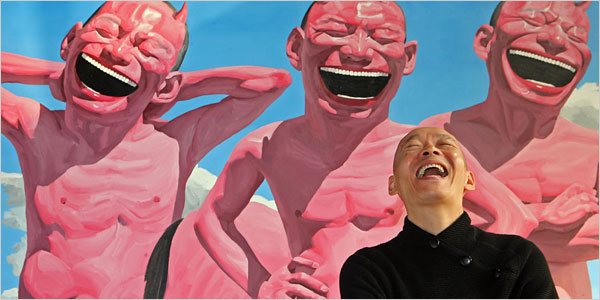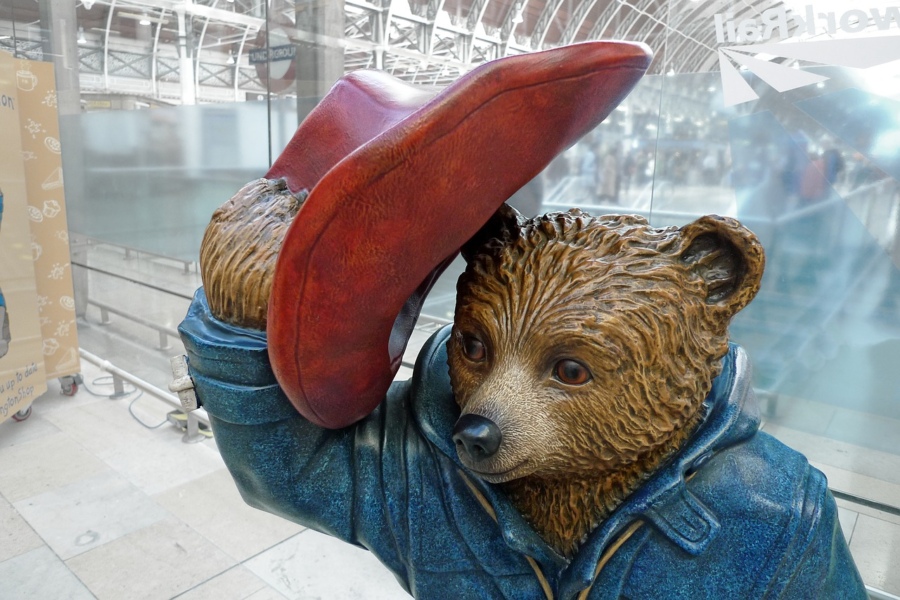The art gallery scam is fairly benign compared to other cons such as the Beijing Tea house Scam and Bar Scams that involve foreign tourists in China, but for the first time visitor to China it can lead to trouble. Here is what foreign tourists should watch out for and how to deal with it in an effective way.
Chinese Con Artists
This scam initially works much like the tea house scam, two or three young con artists try to find a Western tourists at a popular Chinese tourist spot, such as The Bund in Shanghai, a Confucius Temple or the Forbidden City in Beijing. With so many tourists the con men know they will eventually find one careless traveller.
When they find an unwary foreigner the thieves will try to strike up a conversation, most often by saying they’re Chinese art students and their school is putting on an art show. The better thieves will have brochures advertising their just opened Chinese art gallery and talking about a real school. These pamphlets are easy to make and cost the thieves pennies, they have never been near the school they talk about.
Most of these scams use young people who speak good English. They offer to give the foreign tourist a tour of the Chinese gallery and explain Chinese art to them. This is the hook, the unwary traveler is suppose to think that this is a great way to learn more about Chinese culture and spend time with the locals. If the mark refuses the thieves will give up after a few moments, this scam is about the easy mark and uses friendliness and smooth talking to work. A careful traveller is the last thing these people are looking for.
If a careless tourist agrees to check out the gallery the thieves will happily chat with their new best friend. To prepare the scam the so-called art students will explain how good the Chinese paintings are and how the gallery exhibit is paying for their education.
Chinese Art and the Hard Sell
At the art gallery, the students will introduce their Chinese art teacher who will offer to show some Chinese calligraphy or painting techniques. If the teacher doesn’t speak much English the fake students will translate for their teacher as he or she paints. Most of the information is accurate and if the foreign tourist is interested in Chinese art it can be very interesting.
The con artists will then lead a tour of the gallery, showing off various Chinese paintings. They will mention how beautiful the Chinese calligraphy is, show their own Chinese water colours and explain how all of them are unique and cheap. There will be frequent mentions about how all the money made from the gallery will pay for them to continue studying art.
If the foreign traveller tries to leave without buying a painting, the art students or art teacher will begin to do a hard sell. They will grab the persons arm leading them around the shop again, offer to make special deals, complain about how they wasted so much time trying to be nice and generally make the unwary traveller feel guilty until they buy something.
The Art Scam
If the mark does buy something, the price will almost certainly be several times what the painting is worth. Going to a legitimate art gallery will get a similar painting for half the price. If the foreign tourist buys some Chinese calligraphy there is a good chance it was printed off of a photocopier. The Chinese art the con men are selling may look pretty, but its not worth the money.
If the tourist is willing to bargain for a long time, there is a chance they might get the con artists to lower the price to a reasonable level, but its unlikely. There is also a small chance that the thieves will threaten the unwary traveller with violence if they don’t buy something. This is unlikely, but has happened.
So for the foreign tourists who wants to take a small risk and is willing to handle the hard sell going with one of these fake students can be interesting and its possible to learn about Chinese art. But to be perfectly safe and to avoid having to say no several dozen times visiting a real Chinese art gallery, which does not send students out to collect customers, is a better option.
Dan Clarke is a travel writer currently living in China, where he has lived and worked for the last 6 years. To learn more about living and working in China, visit his website, Living and Working in China.





